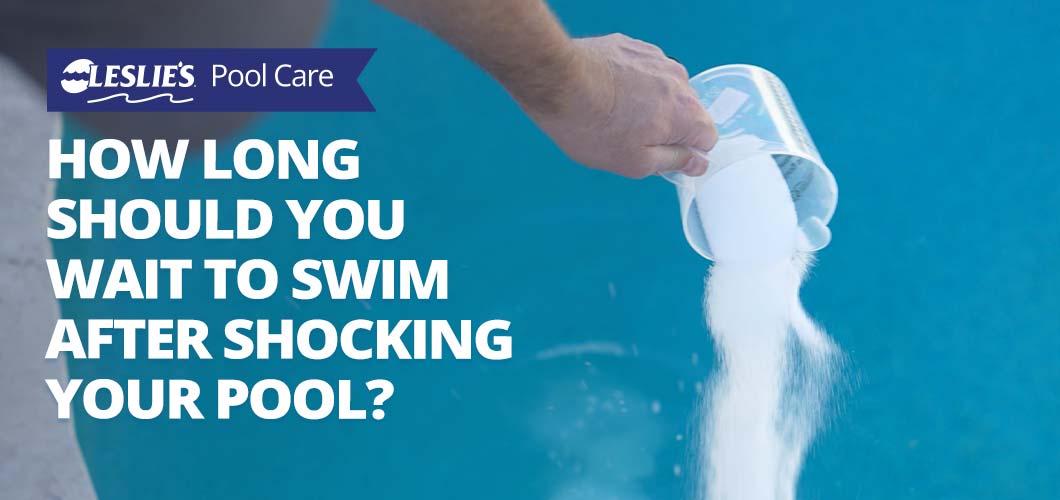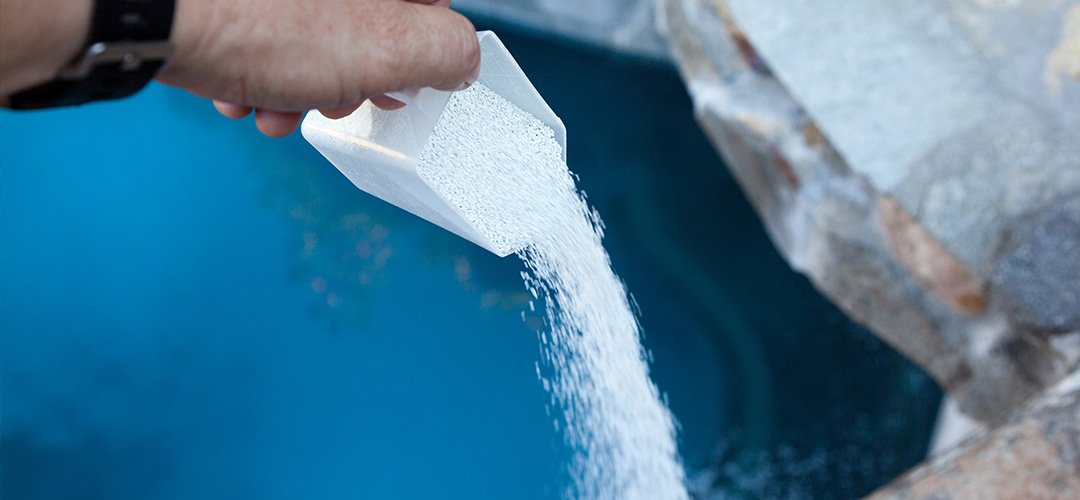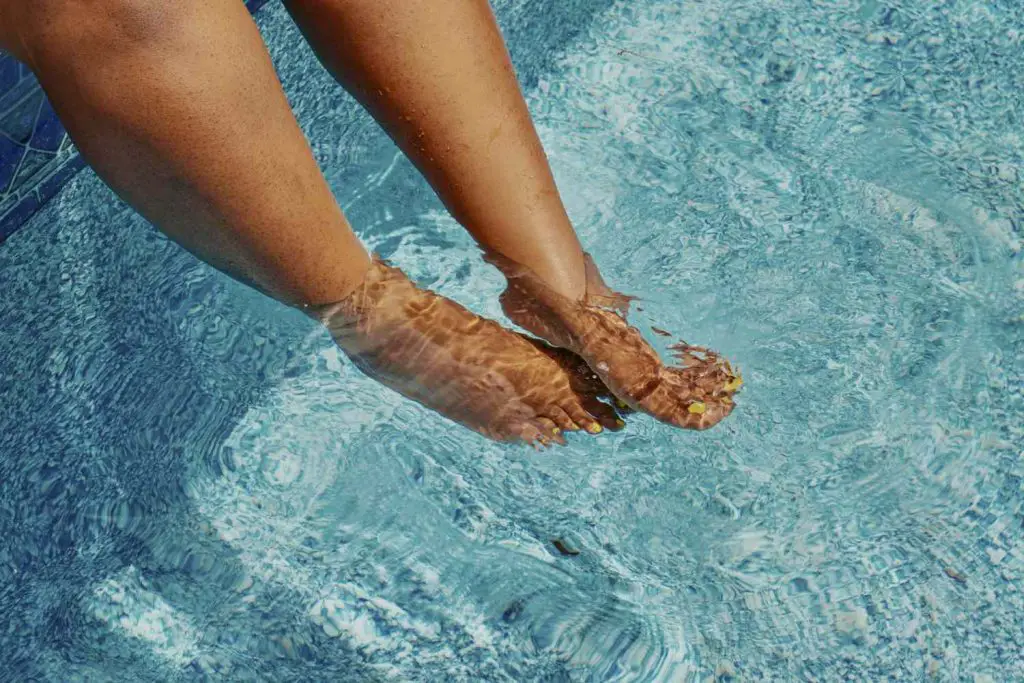Swimming pools are great for enjoyment, relaxation, and exercise. However, to keep the pool water clean and safe for swimming, it’s essential to maintain proper chemical balance. One common practice in pool maintenance is shocking the pool. But many pool owners wonder, “How long after I shock the pool can I swim?” Let’s dive into this topic to ensure you have all the information you need for a safe swimming experience.
What Does it Mean to Shock a Pool?
Pool shocking is the process of adding a high dose of chlorine or other chemicals to the water to kill bacteria, algae, and other contaminants. This helps maintain water clarity and safety. Shocking is typically done on a regular basis or as needed, especially after heavy pool usage, heavy rainfall, or when the water appears cloudy or green.

Credit: lesliespool.com
How Long Should You Wait Before Swimming After Shocking Your Pool?
The time you should wait before swimming after shocking your pool depends on the type of shock treatment you use. There are different types of pool shock products, such as chlorine-based shocks and non-chlorine shocks. Here’s a general guideline on how long you should wait after each type of shock:
Chlorine-based Shock:
For a chlorine-based shock treatment, you should typically wait 8-24 hours before swimming. This allows the chlorine levels to decrease to a safe level for swimming. You can test the water with a pool test kit to ensure the chlorine levels are within the recommended range before diving in.
Non-chlorine Shock:
If you use a non-chlorine shock, you may be able to swim in your pool after just 15-30 minutes. Non-chlorine shocks are often faster-acting and break down more quickly compared to chlorine-based shocks.

Credit: www.swimmingpool.com
Factors to Consider Before Swimming After Shocking Your Pool
While the general guidelines provide an estimate of how long you should wait before swimming after shocking your pool, there are several factors to consider that may impact the waiting time:
- Pool Size: Larger pools may require more time for the shock treatment to circulate and dissipate.
- Shocking Dosage: The amount of shock you add to the pool can affect how long it takes for the chlorine levels to normalize.
- Water Temperature: Warmer water tends to dissipate chlorine faster than cooler water.
- Sunlight Exposure: Sunlight can break down chlorine, so if your pool is exposed to direct sunlight, the chlorine levels may decrease more rapidly.
- Pool Usage: If the pool is heavily used, it may require a longer waiting time after shocking to ensure the water is safe for swimming.
Testing the Water Before Swimming
Before you jump back into your pool after shocking it, it’s crucial to test the water to ensure it’s safe for swimming. Use a pool test kit to check the chlorine levels, pH balance, and other chemical parameters. Make sure the chlorine levels have returned to the recommended range for swimming, typically between 1-3 parts per million (ppm).
Additional Tips for Pool Maintenance
Proper pool maintenance is key to enjoying a clean and safe swimming environment. In addition to shocking the pool when needed, here are some additional tips for pool maintenance:
- Regularly clean the pool filters to ensure proper filtration.
- Skim the pool surface and vacuum the pool to remove debris and dirt.
- Maintain proper water chemistry by testing the water regularly and adjusting chemical levels as needed.
- Keep the pool water at the appropriate level to ensure optimal skimmer and filter performance.
- Protect your pool from sunlight and algae growth by using a pool cover when the pool is not in use.
Conclusion
So, how long after you shock the pool can you swim? The answer varies depending on the type of shock treatment you use and various factors that can influence the chlorine levels in your pool. Remember to follow the recommended waiting times before swimming after shocking your pool and always test the water to ensure it’s safe for swimming. By maintaining proper pool chemistry and following good maintenance practices, you can enjoy a clean and refreshing swimming experience all season long.


